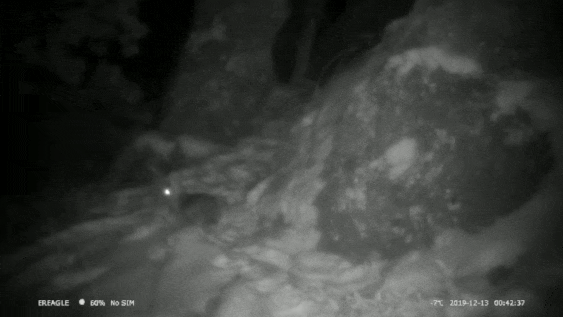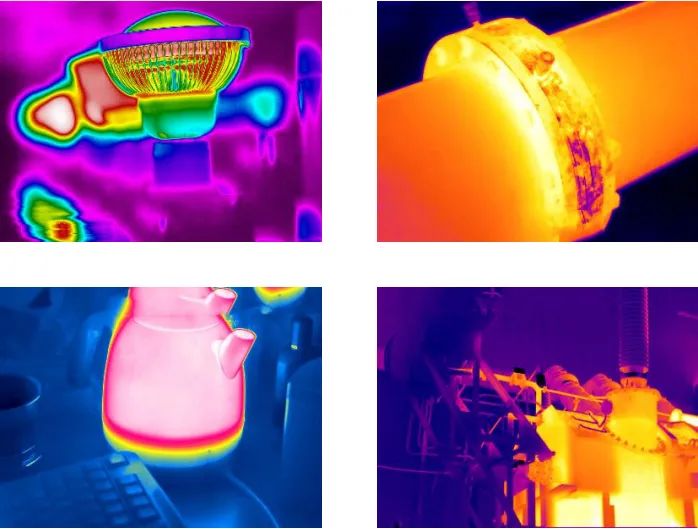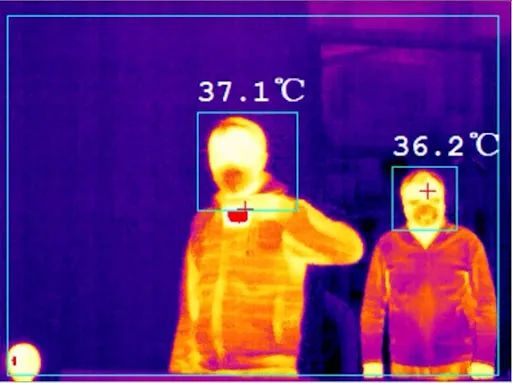In the fascinating world of optics, infrared radiation holds a unique position. Although our naked eyes cannot directly capture its presence, it plays a crucial role in numerous fields, profoundly impacting our lives. Infrared crystal radiation is a type of electromagnetic radiation with wavelengths longer than visible light, typically divided into near-infrared, mid-infrared, and far-infrared regions. It is widely present in nature, from solar radiation to thermal radiation emitted by objects.

In our daily lives, infrared technology is ubiquitous. The remote controls we commonly use employ infrared radiation to transmit signals, enabling us to remotely control televisions, air conditioners, and other appliances. This allows us to easily switch channels, adjust temperatures, and enjoy a convenient lifestyle.
In the field of security and surveillance, infrared cameras are particularly prominent. They can capture infrared radiation emitted by objects in dark environments, converting invisible images into clear thermal images. This provides strong support for security, whether for nighttime patrols or border surveillance.
In industrial production, infrared thermometers are widely used to detect the temperature of equipment. By measuring the intensity of infrared radiation emitted by objects, they can quickly and accurately determine the surface temperature of objects. This is crucial for ensuring the safety and stability of production processes, effectively preventing malfunctions and accidents caused by overheating.

In the medical field, infrared radiation also makes unique contributions for medically necessary lenses. Infrared thermal imaging devices can detect the temperature distribution on the surface of the human body, assisting doctors in diagnosing diseases. They can identify abnormal heat areas such as inflammations and tumors, providing a non-invasive and efficient method for early disease screening.
